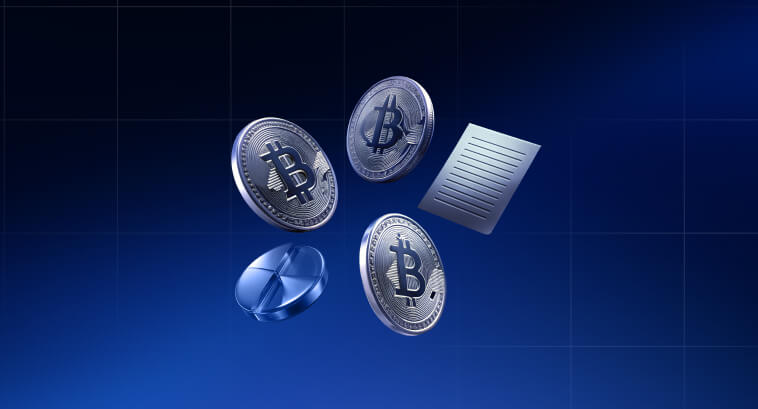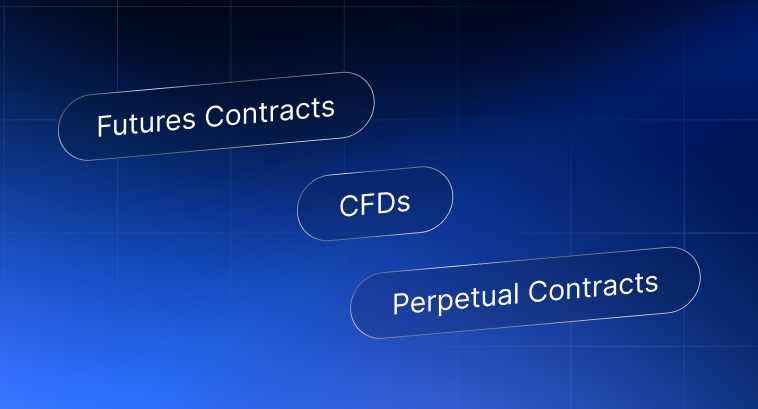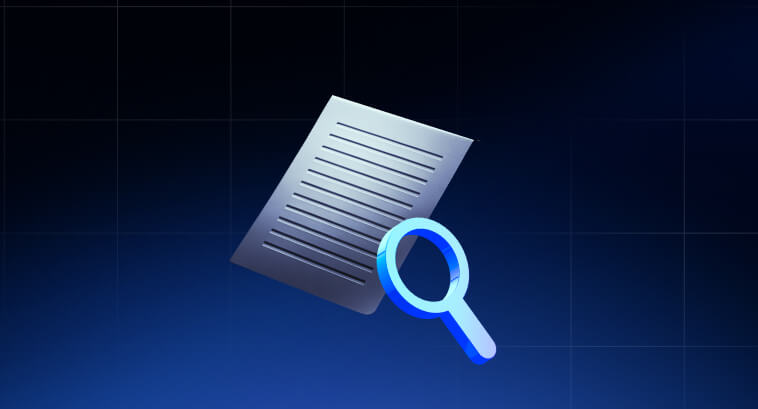All About Contract Trading in Crypto in 2025


One of the most dynamic and profitable strategies in current day’s financial markets is contract trading. Considering the explosive growth of crypto markets and other digital assets, people increasingly use contracts, such as futures contracts, CFDs, and perpetual contracts, to make money from market movements. Contract trading is based on an agreement between a buyer and a seller between two parties to buy or sell a reference asset at a predetermined price at a future date, allowing you to profit from price action in Bitcoin or Ethereum without having to directly own them.
In crypto, traditional spot trading is based on buying or selling an asset like Bitcoin right away. When you trade crypto futures contracts, on the other hand, you agree with the counterparty that you will either buy or sell a cryptocurrency at a predetermined price at a specified time in the future. Futures contracts are also known as derivatives because their value derives from the trends of the reference asset. They give more flexibility and allow for more efficient use of capital by allowing you to exploit price action using leverage.
Considering the highly volatile nature of crypto trading, futures contracts offer tons of opportunities across different cryptocurrencies, making it an extremely attractive type of trading for many people.
In cryptocurrency trading, you traditionally buy and sell a coin right away. If you want to trade Bitcoin, for example, you must deposit the money into a reliable exchange, buy Bitcoin at its current market price (say, $94,000 per BTC), and hold it in your digital wallet. Your profit or loss depends on how the spot price of Bitcoin changes over time.
In contract trading, however, you often speculate on future price swings without owning the asset. You can enter a futures contract for Bitcoin at $94,000 per BTC with a specific leverage and number of contracts. If Bitcoin rises to $100,000 by the end of the period, you profit from the $6,000 difference in price adjusted by contract size and leverage. Trading derivatives such as futures contracts enables you to profit from both rising and falling markets while using leverage, which highly amplifies both gains and losses.
The four main concepts involved in contract trading are:

If you are interested in contract trading, you must know that there are different types of contracts. Each type offers its own unique set of traits, pros, and cons. Choosing the right type depends highly on your style, objectives, and risk tolerance.
Futures contracts are traded in several exchanges worldwide. They represent a legal contract where an agreement between two parties is made to buy or sell something at a predetermined future date and price. These contracts are popular for hedging and speculative purposes, being extremely versatile and offering a wide range of assets, such as crude oil, stocks, indices, commodities, etc. It is considered one of the most advanced trading practices in Finance.
CFDs work similarly to futures contracts. It also allows you to speculate on future price movements without owning the reference asset. The main difference is that, unlike traditional futures contracts, CFDs do not have an expiration date. It is also very popular in forex and commodities.
For more specificities and explanations about how CFDs work, you can read our post covering the nuances of CFD Trading for Tesla Stocks.
Perpetual contracts are also very similar to futures contracts, but they also have no expiry date. They are particularly popular in the crypto community, allowing traders to hold the contracts indefinitely, without ever having to own the underlying asset.
To manage risk more effectively, you must know in detail all about the inner mechanics and essential components of contract trading.
Opening and Closing Positions
Before opening a position, you must first select the contract type – futures contract, CFD, or perpetual contract – and consider all the specificities of the contract size, leverage, and margin requirements.
As soon as the opening order is executed, you are in a futures position and exposed to price fluctuations in the underlying asset. Whenever you decide to close your position, any profits or losses are realized based on the difference between the entry price and the exit price.
Leverage and Margin
Leverage gives you control over a large position requiring a much smaller capital. A 10x leverage, for example, allows you to control a $10,000 position with only a $1,000 deposit. This leverage is what makes contract trading so appealing for many. It amplifies your gains and increases returns even if price movements are not so big.
Although a great ally when used correctly, it is important to note that using leverage means you are exposed to rapid losses if the market moves against your position.
Liquidation Process
The exchange will liquidate your position automatically whenever the loss exceeds the deposited margin. They do it to protect both the exchange and you from higher losses. It is crucial to use stop-loss orders and exercise proper position sizing to avoid liquidation unexpectedly.
Profit and Loss Calculation
The profit and loss on a contract trade is determined by the difference between the entry and exit prices multiplied by the number of contracts you hold, minus any fees and other costs. If you enter a futures contract for Bitcoin at $94,000 with 5x leverage and the price rises to $100,000, the leverage allows you to control a larger position with less capital, amplifying returns.
Risk management is even more important when dealing with leverage. You can read more on drawdown in trading for a deeper explanation of how to effectively protect your capital while trading using leverage.
Although the futures market offers many advantages that make it highly praised by many traders, it also comes with a set of risks. Understanding both sides is highly important if you are considering enjoying the leverage and flexibility that contract trading allows to those who decide to explore this path.
Advantages
Risks
Getting started with contract trading in the crypto market is straightforward, but it helps to have a roadmap to avoid common pitfalls. The step-by-step guide below can serve as an outline to follow when starting:
Futures traders have a specific set of considerations to make when developing their trading system and strategies. These include:
Risk and Position Management
Risk management is the number one priority in trading, regardless of instruments. You should never risk more than 2% of your trading account’s capital on a single trade. Tools like stop-loss orders and trailing stops protect you from unexpected movements and drawdowns.
Stop Losses and Take Profits
The exit points must be determined before opening an entry order. Stop-loss orders minimize your losses. Take-profit orders lock in gains when a price meets a target. These orders should be based on the overall trading system and market volatility – meaning they can also be adjusted when needed.
Choose the Right Leverage
Leverage can make or break you. It amplifies profits and enhances risks. Beginners, especially, should start with lower leverage — 1x or 2x maximum — and gradually increase their exposure as they become more experienced and confident.
Diversifying Strategies
Different crypto assets, contracts, and market conditions require different approaches. Some traders define they should use futures contracts for a short-term bet on the future price of an asset and CFDs for hedging, while others may try a completely different approach. Diversification mitigates risk and improves performance in the long run. How you diversify your strategies depends on your goals, risk tolerance, and trading profile.
Algorithmic and Automated Trading
The best algorithmic trading strategies can optimize efficiency and reduce the impact of strong emotions in decision-making. Algorithmic trading has been increasingly applied in different markets due to its benefits compared to a human-only approach to market trading. Automated trading strategies are built on backtesting and executing orders based on predefined criteria, ensuring consistency with the plan and high speed.

With the expansion of the crypto market and its adoption by retail traders and hedge funds, regulatory bodies become more focused on ensuring transparency and fairness. Certain countries may impose bans on crypto futures trading or ban certain exchanges and platforms due to failure to meet regulatory requirements.
As a futures trader, not only you must pay close attention to market trends, geopolitical events, and economic data, but you also must pay close attention to regulatory changes. Regulatory changes don’t just affect the conditions, but they also can present new opportunities and instruments, such as hybrid contracts.
See regulatory changes as allies. They ensure more transparent fee structures and fairer use of technologies like artificial intelligence, for example. They are essential for protecting traders and the industry as a whole.
Contract trading offers flexibility to profit during bull markets and bear markets. It also gives you leverage to increase profitability and ensure an efficient use of capital. Traders can choose to trade crude oil futures, Tesla CFDs, or perpetual contracts in the cryptocurrency market.
Regardless of your level, contract trading can help beginners and veterans expand their horizons and diversify their trading portfolios. Futures contracts are preferred by many due to their higher earning potentials, but you should also consider the increase in risks. Leverage and increased volatility require you to exercise even more robust risk management when trading futures.
All you need to get started is to choose a reliable and reputable platform. After completing the registration and verification process, you are set to deposit the funds and set up the settings to start trading.
Although challenging at the beginning, you can easily benefit from contract trading by giving strong emphasis to risk management and being disciplined. Start small, backtest your strategies, and have an open mind to learn from your mistakes.